SUMMARY
This is AI generated summarization, which may have errors. For context, always refer to the full article.
![[EXPLAINER] Plastic sachets: As big brands cashed in, a waste crisis spiraled](https://www.rappler.com/tachyon/2022/06/sarisari_GLOBAL-PLASTIC-UNILEVER.jpg)
Tiny plastic packets known as sachets have allowed companies to tap millions of low-income customers in the developing world but also unleashed a global pollution crisis.
A Reuters investigation has found that London-listed Unilever plc, a pioneer in selling sachets, has privately fought to derail bans on the problematic packaging despite saying publicly it wants to “get rid of” them.
Here’s what you need to know about sachets.
What is a sachet?
While commonly associated with ketchup or cosmetic samples in wealthy countries, sachets are widely used in emerging markets to sell inexpensive micro-portions of everyday products, from laundry detergent to seasoning and snacks.
These palm-sized pouches tend to be made up of multiple layers of plastic and aluminum foil, melded together using adhesives, according to Mark Shaw, technical sales manager at UK-based packaging firm Parkside Flexibles.
A typical sachet will have an inner plastic layer that makes an airtight seal around the product, a foil layer that provides an additional barrier against moisture and heat – an important factor in tropical climates – and an outer plastic layer that provides flexibility and can be printed on, he said.
Why did they become so widespread?
Unilever’s India subsidiary, Hindustan Unilever Ltd (HUL), is widely credited as being the first to mass market products in sachets when it started selling tiny portions of shampoo for one rupee ($0.01) in the 1980s.
HUL’s former chairman, A. S. Ganguly, outlined the strategy in a publication to mark the firm’s 75th anniversary in 2009. “We discovered that wealth lies in rural India, and we reached out to the wider market base,” he said, referencing the shampoo sachets.
By the turn of the century, nearly 70% of all shampoo sold in India came in sachets, academic C.K. Prahalad wrote in his 2004 book, “The Fortune at the Bottom of the Pyramid.”
By this time, other consumer goods giants like Nestle SA and The Procter & Gamble Company had also started selling reams of products in sachets to consumers across Asia, Africa and the Middle East. Now, 855 billion plastic sachets are sold every year, enough to cover the entire surface of Earth, according to London-based environmental group A Plastic Planet.
Why are sachets a problem?
Proponents say sachets give low-income consumers access to high-quality, safe products. Critics say companies charge the poor a premium because products sold this way are more expensive by volume than bigger packages.
They also have created a massive environmental problem. Often sold in countries without proper waste collection, these single-use sachets end up as litter, clogging waterways and harming wildlife.
And even in countries with waste infrastructure, the complex design and small size of these packets makes them virtually impossible to recycle in a cost-effective way. It’s easier to bury or burn them.
Why are they hard to recycle?
As sachets are made up of different materials bonded together, it is very difficult to separate them using current recycling infrastructure, said Stephan Laske, global director of research and development at Austrian plastic packaging maker Greiner Packaging.
Tiny sachets are also hard to collect, sort and wash, said Shaw of packaging firm Parkside Flexibles.
Both said sachets could be recycled using so-called advanced recycling processes that use heat or chemicals to turn plastic waste into fuel or reclaimed resin to make new plastic. But this technology has repeatedly flopped and struggled to achieve commercial scale despite heavy promotion by plastic makers and consumer goods firms, Reuters revealed last year.
What can replace sachets?
Consumer goods companies say they are experimenting with various alternatives to plastic sachets, such as using biodegradable packaging or dispensing products in refill machines that allow customers to use the same container over and over.
But these projects have not been rolled out widely.
Environmentalists like Sian Sutherland, founder of A Plastic Planet, say governments need to impose bans on sachets to stimulate real change. “Then we will create the vacuum that innovation will rush in and fill,” she said.
– Rappler.com
Add a comment
How does this make you feel?
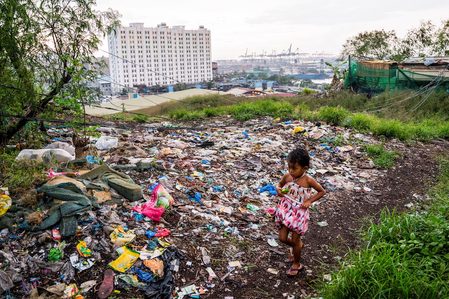
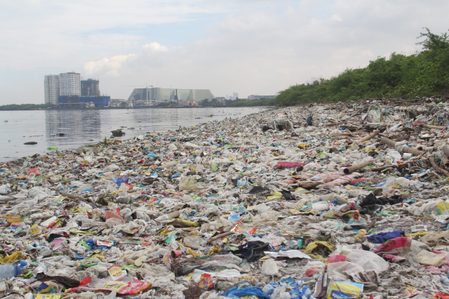

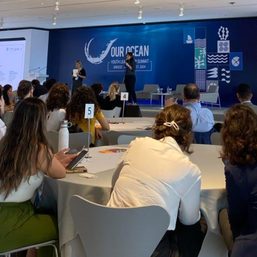



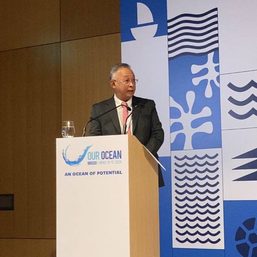


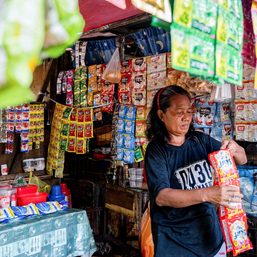


There are no comments yet. Add your comment to start the conversation.